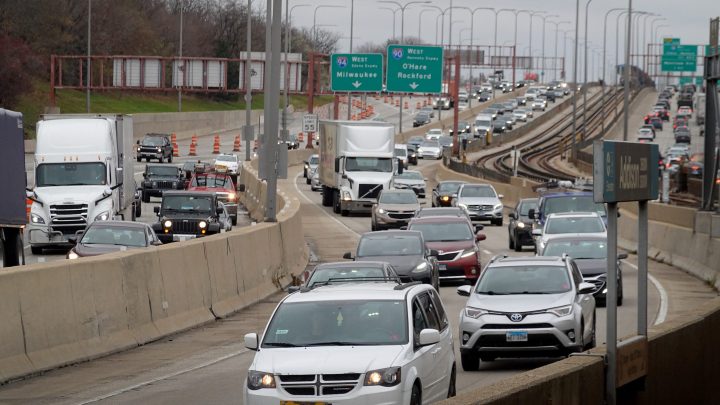
What’s the difference between disinflation and deflation?

Over the past year and a half, inflation has fallen sharply — from a peak of 9.1% in June 2022 to 3.1% last month, as measured by the consumer price index.
Of course, for consumers, many of whom say they’re not happy with the economy, prices overall haven’t come down, they’re just not increasing as quickly. But economists say that’s a good thing.
The last year has been a period of disinflation for the U.S. — not deflation.
“’Disinflation’ means that prices are not rising as quickly now as they were in the past,” said The Conference Board’s Dana Peterson. Whereas “deflation” means “prices are actually falling.”
Bank of America economist Stephen Juneau compares it to driving a car.
“Disinflation would be if you slow down, but you’re still, you know, moving forward, right? So you’re still driving,” he said. “Deflation, on the other hand, would be as if you were going in reverse.”
And prices very rarely move in reverse, except in bad economic times like the Great Recession.
Sure, during deflation you may see your grocery bill go down, but Fordham University economist Patricia Gomez-Gonzalez says that’s not the whole story.
“People might postpone certain purchases,” she said. “You might say, ‘You know what? I’ll buy a fridge in a few more months when it’s even going to get cheaper.’ And that’s a very tricky spiral to be in.”
Deflation slows consumer spending and can lead to layoffs. That’s why the Federal Reserve wants to see some inflation in the economy — ideally at a mild 2% annual rate.
Texas A&M’s Tatevik Sekhposyan has another car-related analogy:
“Inflation is like the grease that helps the economy run a little bit smoother. If you think about business owners, like if they actually expect prices to go up, they would actually invest a bit more in their business, hire more people,” he said.
Of course, that doesn’t mean consumers have been immune to the sting of elevated inflation over the past few years.
“We’re not that far removed from 2019. It’s only been a short period of time,” said Juneau of Bank of America. “And we all notice that prices have increased pretty dramatically, you know, up around 20% in aggregate.”
But wages are catching up, which is a good sign for the American consumer.
There’s a lot happening in the world. Through it all, Marketplace is here for you.
You rely on Marketplace to break down the world’s events and tell you how it affects you in a fact-based, approachable way. We rely on your financial support to keep making that possible.
Your donation today powers the independent journalism that you rely on. For just $5/month, you can help sustain Marketplace so we can keep reporting on the things that matter to you.











